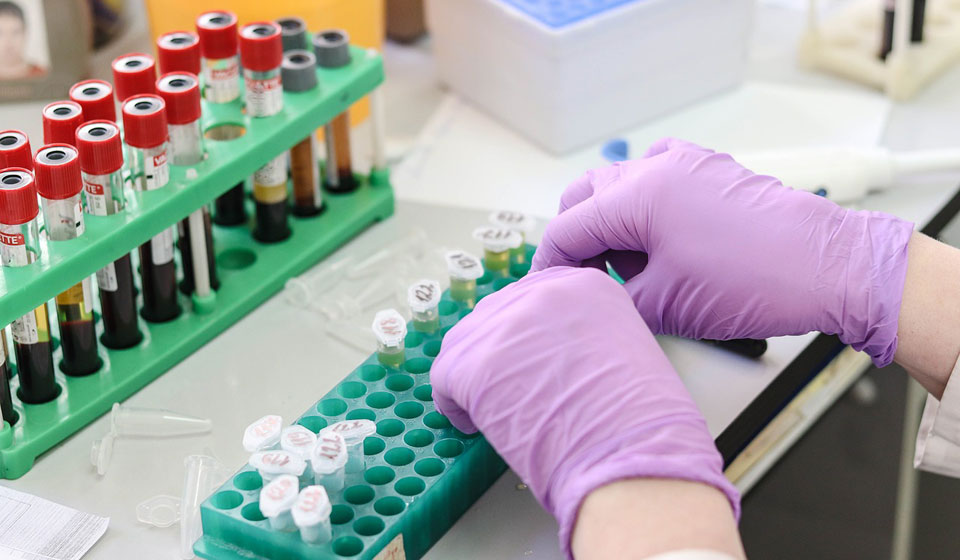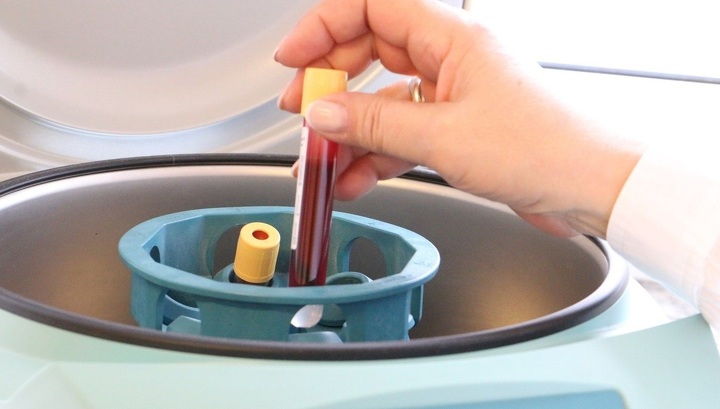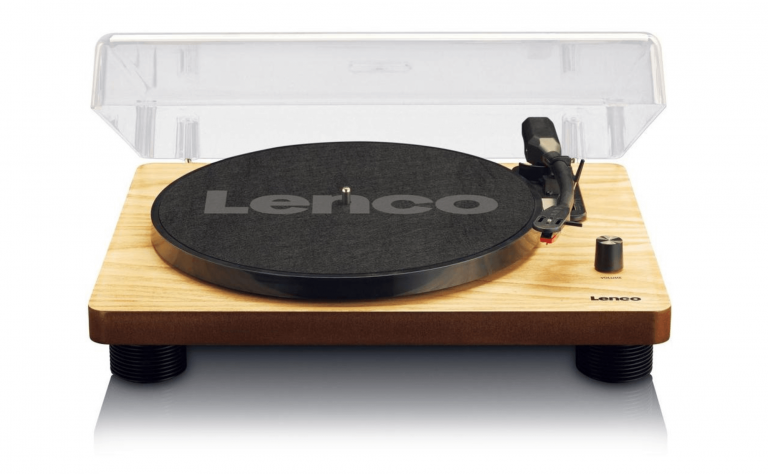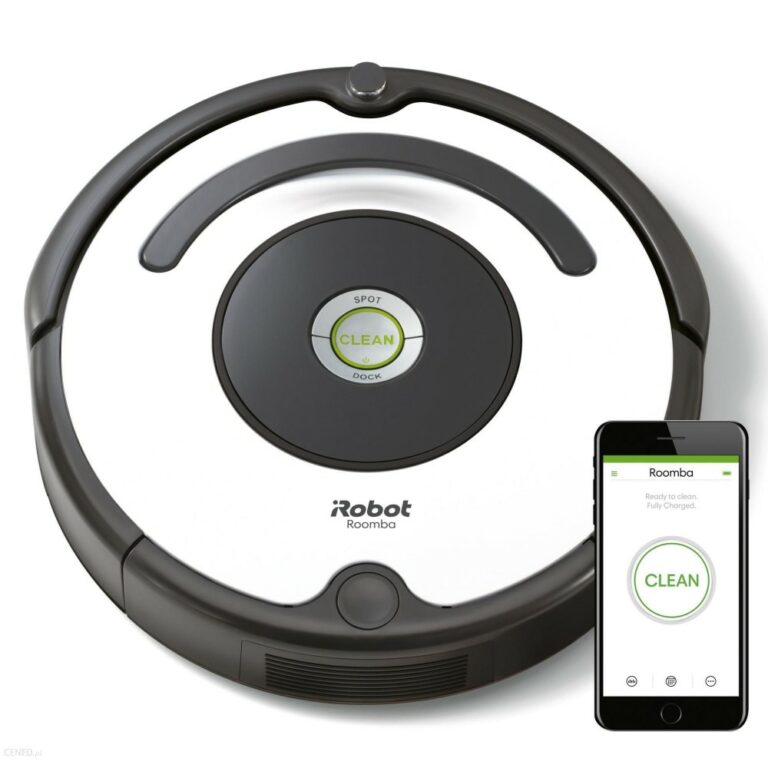A new way to detect cancer: AI diagnoses the DNA of microorganisms from the blood

Early detection of cancer provides an opportunity to cure a patient before the disease becomes too severe. Most often, cancers are associated with the human genome. But, as it turned out, genetics is not everything, various types of microorganisms contribute to the development of cancer.
Rather, they interfere with treatment. True, it is not yet clear which microorganisms and how contribute to the development of different types of cancer. This question is likely to be studied in the near future. But then we can confidently say which microorganisms thrive with different types of cancer. Accordingly, the DNA of these microorganisms can serve as a marker for cancer.
Scientists have created a DNA library of microorganisms, having processed a huge number of oncology patient analysis results, and then identified those that are specific for different types of tumors. According to the authors of the idea, this dependence allows you to create a universal method for diagnosing cancer in the early stages.
In addition to the specialists who are involved in this project, many scientists are also involved in the issue of early detection of cancer. So, a series of tests may soon appear that identify tumors by a blood sample. The marker here is precisely the specific proteins or mutant DNA.
The level of development of modern technology makes it possible to exclude from the analysis traces that could have been left by scientists.
In order to develop a reliable test, a group of scientists led by Gregory Poora of the University of California at San Diego analyzed over 18 thousand samples. Biomaterial was taken from patients with 33 types of tumors. Next, scientists used the Atlas of cancerous genomes to identify foreign DNA and RNA. In this case, the authors of the technique learned to exclude material that accidentally entered the sample.
After that, scientists used a method called stochastic gradient boosting. He had to distinguish between samples with tumors and samples without cancer. The first base was classified by cancer types. In order to check the result, the sample was divided into two parts, having trained the algorithm for each of them separately, and then applied the obtained models to the other half of the data.

And after that only samples were taken from patients with the first and second stages of cancer. Further, specially developed software was trained on the results of sample analysis.
The final stage of the project is the verification of the correctness of the “in the field” algorithm. For this, scientists have taken blood tests in 69 obviously healthy people, as well as 100 patients in the third or fourth stage, sequencing plasma extracellular DNA. To the obtained samples of microbial DNA, the algorithm described above was applied.
“Almost all previous cancer studies have suggested that tumors are a sterile medium, and ignored the complex interaction of cancer cells with viruses, bacteria and other microorganisms that live in and on our bodies, – explains in a press release, Professor Rob Knight of the University of California, San Diego. “The number of microbial genes in our body far exceeds the number of human genes, so it is not surprising that they give important clues about our health.”
The technique showed its best side – it allowed to determine the type of tumor at any stage. The accuracy of the method is about 90%. It is about the accuracy of the diagnosis of cancer, there were no false-positive results for healthy people. In 81% of cases, the technology made it possible to distinguish between volunteer samples with lung cancer and prostate cancer.
In the near future, scientists plan to find out exactly how the microorganisms that were used in the analysis are associated with the development of cancer. In addition, it is not clear where they are located – in the tumor, connective tissue or immune cells.






